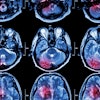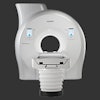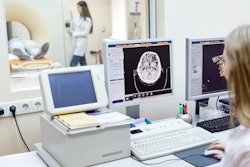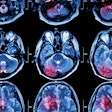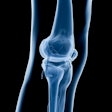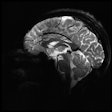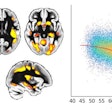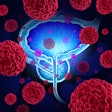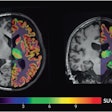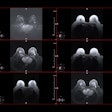
Dr. Julian Gehweiler from University Hospital Basel and colleagues queried their PACS/RIS to retrieve all imaging datasets acquired with a T1-weighted magnetization prepared rapid gradient-echo (MPRAGE) protocol in patients who had at least two contrast-enhanced MRI scans. The analysis included some 3,000 patients and a total of approximately 12,000 contrast-enhanced MRI brain scans.
The researchers found that repeated administration of a gadolinium-based contrast agent (GBCA) was associated with increased overall signal intensity for both linear GBCAs and macrocyclic GBCAs. However, the most interesting findings were the locations of heightened signal intensity and the apparent causes.
The researchers found significant signal intensity increases in the dentate nucleus and globus pallidus after linear GBCA administration but not macrocyclic GBCA use. Conversely, they observed significant signal increases in the thalamus, putamen, amygdala, caudate, hippocampus, and accumbens from macrocyclic GBCAs but not linear GBCAs.
"Based on our findings, gadolinium accumulation in the brain may be more widespread than assumed and could occur with the use of both linear and macrocyclic GBCAs," the researchers concluded.
This paper received a Roadie 2018 award for the most popular abstract by page views in this Road to RSNA section.
